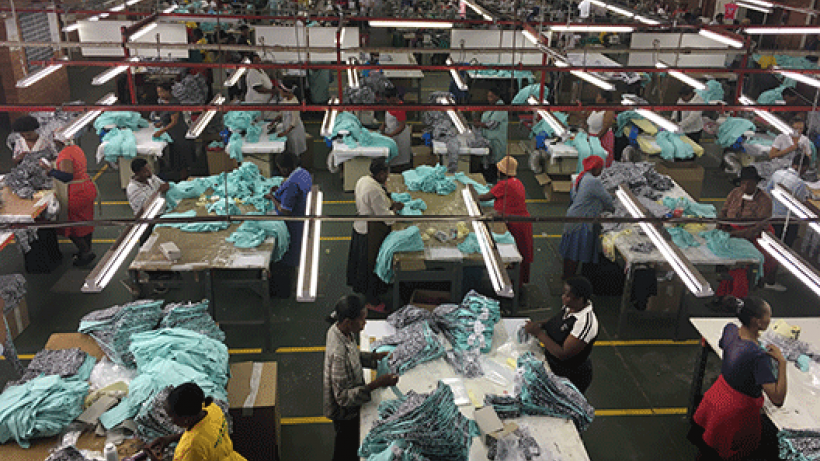
Supply chain trade in East Africa
-
De-Melo-and-Twum-2020-final-paper_updated.pdf
PDF document • 3.39 MB
Deeper regional integration is the main objective of the recently launched Africa Continental Free Trade Area (AfCFTA). Supply chain trade both at the level of the Regional Economic Communities (RECs) and across RECs are to spearhead the AfCFTA. Indicators of Global Value Chains (GVC) participation show that even though the EAC and other African RECs have increased their participation in GVCs over the period 1990-2015 surpassing MERCOSUR they still lag behind the ASEAN region.
There has also been little improvement in the participation of African RECs in Regional Value Chains (RVCs). This outcome is not due to a lack of ambition. Indeed, African Regional Economic Communities (RECs) have prioritized strengthening deeper RVC integration as a stepping stone to their development. The EAC has gone as far as targeting specific value chains: cotton, wood and paper, food and beverages among others, but with very little to show for it so far; only 1.7% of total gross exports of the EAC are related to RVCs. This is in contrast to ASEAN (17.2%), MERCOSUR (4.6%) and SADC (3%); within the EAC, Rwanda has made impressive progress while Uganda has underperformed. Overall, over the period 1990-2015, the EAC and other African RECs have participated mostly in non-regional value chains along forward rather than backward participation (i.e. their value-added exports are mostly on intermediates that enter exports of other trade partners while the share of foreign exports in their exports is low) activities.
This paper singles out for discussion three obstacles hampering greater inclusion in global value chains:
- high tariffs on imports of intermediates;
- restrictive rules of origin, an obstacle to intra-regional trade;
- high ad-valorem equivalents of barriers to connectivity and more generally to trade in services.
Lastly, controlling for per capita income, correlations for the sample of 149 countries over the period 1995-2015 confirms that overall GVC participation is negatively associated with increases on the tariffs on imports and exports of intermediates as well as on trade costs. However, forward GVC participation (i.e. the share of intermediates of foreign origin) is positively associated with the number of mobile phone subscribers a proxy for digital connectivity.



